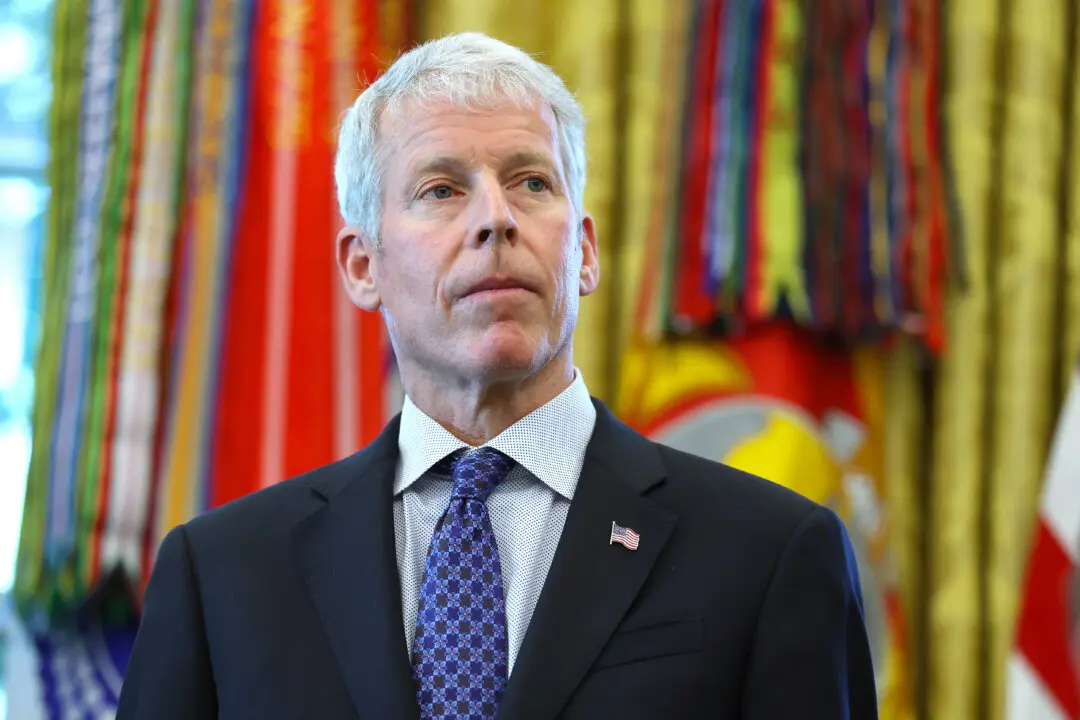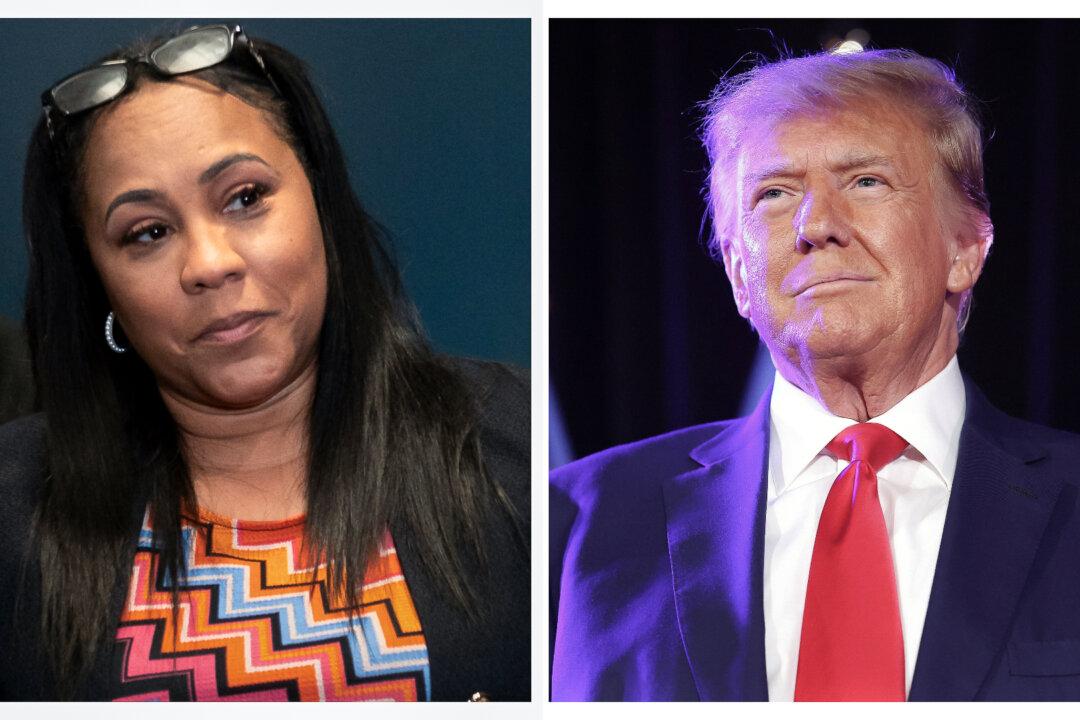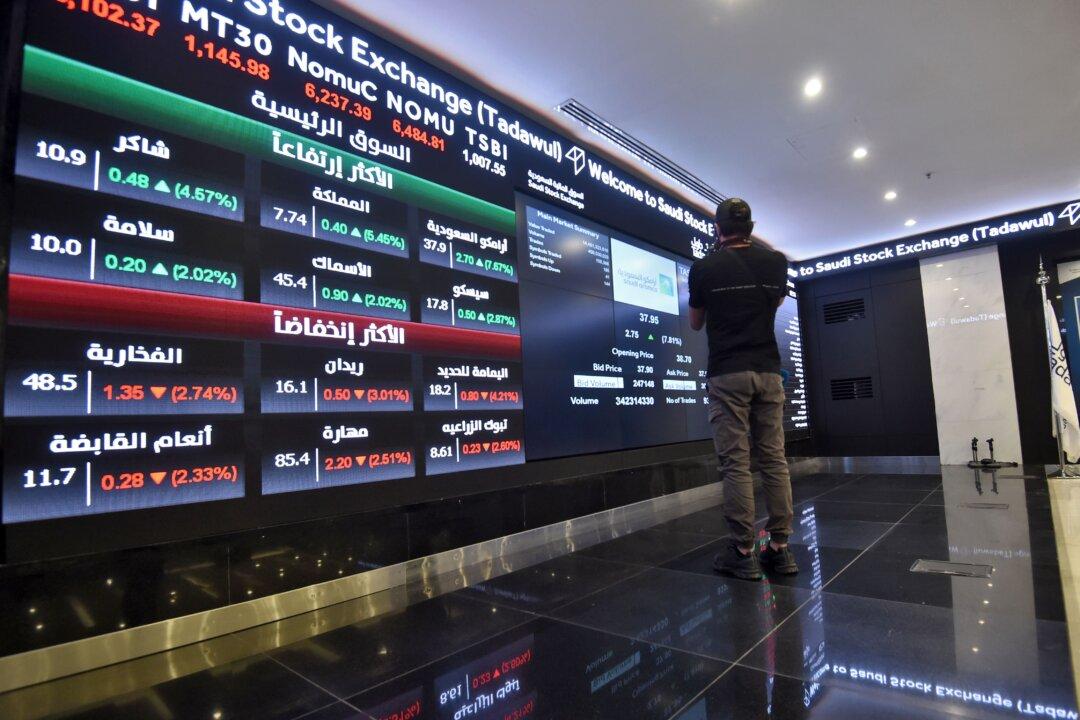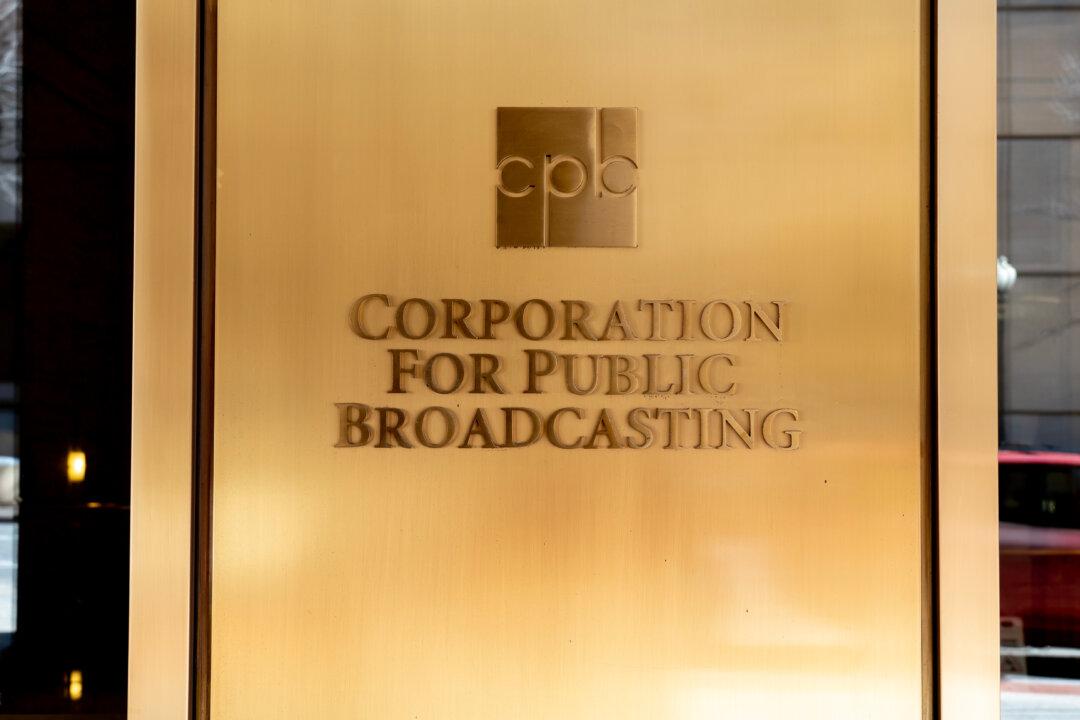Nearly every one in four American adults are not at all satisfied with the state of their nation’s K-12 public education, a new poll says.
The latest Gallup poll, released Sept. 1, reports that just 42 percent of respondents said they’re at least somewhat satisfied with the quality of education offered at K-12 public schools in the United States, marking the lowest reading since 2000 (36 percent).





